Desert Rose with Al's gritty mix
FLadenium
9 years ago
Featured Answer
Sort by:Oldest
Comments (26)
FLadenium
9 years agoLoveplants2 8b Virginia Beach, Virginia
9 years agoRelated Professionals
Arnold Landscape Architects & Landscape Designers · Prairie Ridge Landscape Architects & Landscape Designers · Allentown Landscape Contractors · Bridgeport Landscape Contractors · Bridgeview Landscape Contractors · Cliffside Park Landscape Contractors · Deer Park Landscape Contractors · Dunwoody Landscape Contractors · El Reno Landscape Contractors · Ellicott City Landscape Contractors · Gresham Landscape Contractors · Kerman Landscape Contractors · Natick Landscape Contractors · San Benito Landscape Contractors · San Rafael Landscape Contractorsrcharles_gw (Canada)
9 years agotapla (mid-Michigan, USDA z5b-6a)
9 years agoFLadenium
9 years agotapla (mid-Michigan, USDA z5b-6a)
9 years agoLoveplants2 8b Virginia Beach, Virginia
9 years agoVikki
9 years agorcharles_gw (Canada)
9 years agoLoveplants2 8b Virginia Beach, Virginia
9 years agodynofmb
8 years agodynofmb
8 years agoLoveplants2 8b Virginia Beach, Virginia
8 years agoKadie
8 years agotapla (mid-Michigan, USDA z5b-6a)
8 years agorcharles_gw (Canada)
8 years agolast modified: 8 years agoKadie
8 years agoLoveplants2 8b Virginia Beach, Virginia
8 years agorcharles_gw (Canada)
8 years agotapla (mid-Michigan, USDA z5b-6a)
8 years agoKadie
8 years agolast modified: 8 years agoLoveplants2 8b Virginia Beach, Virginia
8 years agoKadie
8 years agolast modified: 8 years agotapla (mid-Michigan, USDA z5b-6a)
8 years agoKadie
8 years agolast modified: 8 years ago
Related Stories
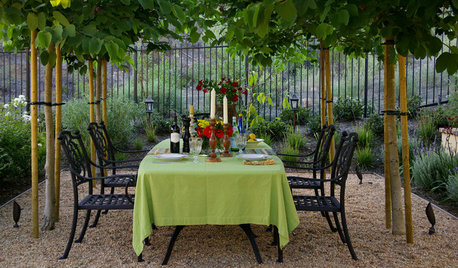
LANDSCAPE DESIGNEnjoy the Romance of Dining in a Classic Gravel Garden
Here’s what to consider when it comes to installing, styling and maintaining a DIY-friendly gravel patio
Full Story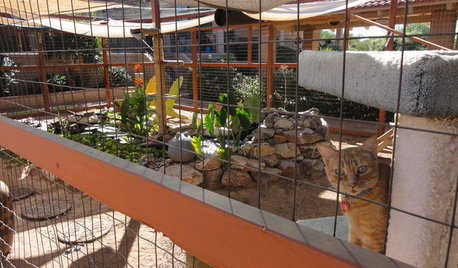
PETSSee a Deluxe 'Catio' Built for Feline Fun
Sixteen lucky cats get the run of a protected outdoor patio with ramps, steps and even a koi pond
Full Story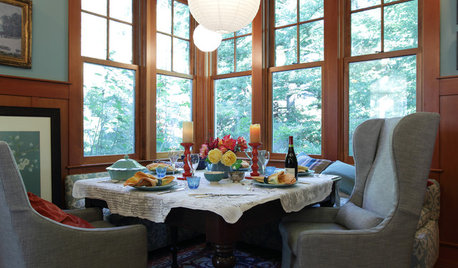
FUN HOUZZHouzz Quiz: What's Your Decorating Style?
Answer these 9 questions to find out what decorating style suits you best
Full Story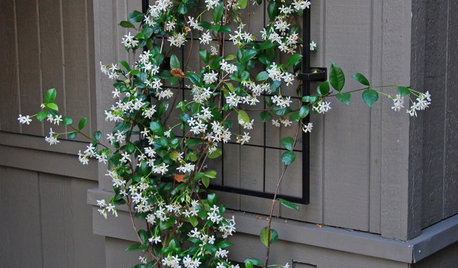
FEEL-GOOD HOMESimple Pleasures: Scent and Memory
Fragrant jasmine, fresh-brewed coffee, baking bread. Scents can evoke memories and bring sensory pleasure to our homes
Full Story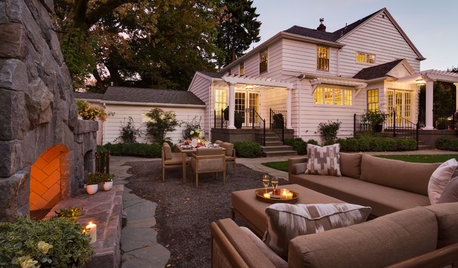
GARDENING AND LANDSCAPINGHouzz Survey: See What Homeowners Are Doing With Their Landscapes Now
Homeowners are busy putting in low-maintenance landscapes designed for outdoor living, according to the 2015 Houzz landscaping survey
Full Story
FUN HOUZZHouzz Call: Tell Us About Your Dream House
Let your home fantasy loose — the sky's the limit, and we want to hear all about it
Full Story
EARTH DAYThe Case for Losing the Traditional Lawn
Work less, help the environment and foster connections by just saying no to typical turf
Full Story
GARDENING GUIDESCommon Myths That May Be Hurting Your Garden
Discover the truth about fertilizer, soil, staking and more to keep your plants healthy and happy
Full Story
SAVING WATER11 Ways to Save Water at Home
Whether you live in a drought-stricken area or just want to help preserve a precious resource, here are things you can do to use less water
Full Story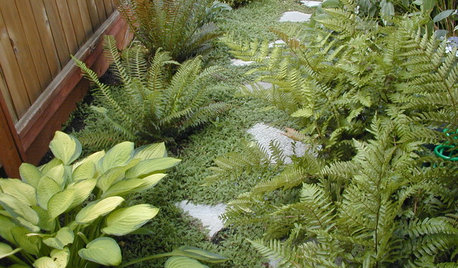
LANDSCAPE DESIGN6 Great Ways With Garden Ground Covers
Use them as problem solvers, weed killers, color and texture providers ... ground cover plants have both practical and visual appeal
Full Story





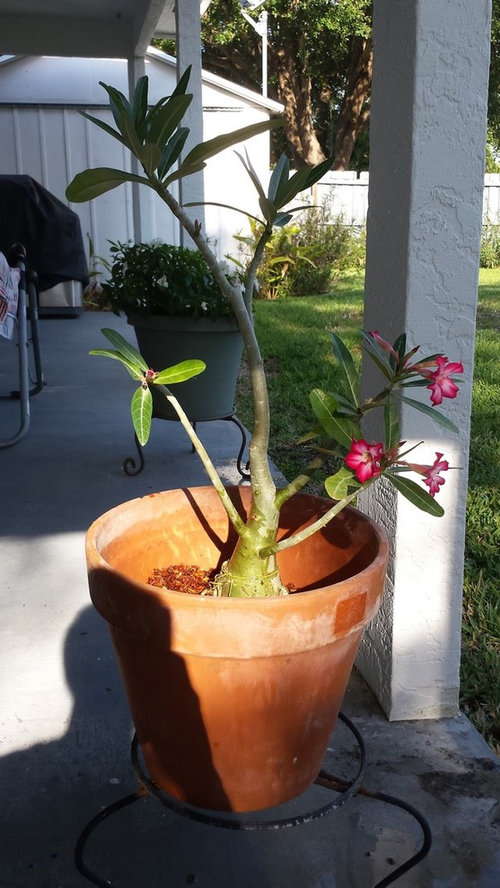

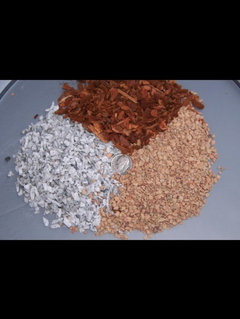


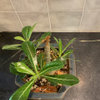

Loveplants2 8b Virginia Beach, Virginia